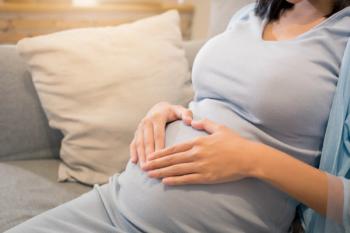
Chemical Exposure Tied to Adverse Pregnancy Outcomes
MONDAY, Jan. 17 (HealthDay News) -- Women with occupational exposure to phthalates or pesticides appear to have a higher risk of adverse fertility and pregnancy outcomes, including prolonged time to pregnancy (TTP) and lower birth weight, according to a study published online Dec. 20 in Occupational and Environmental Medicine.
MONDAY, Jan. 17 (HealthDay News) -- Women with occupational exposure to phthalates or pesticides appear to have a higher risk of adverse fertility and pregnancy outcomes, including prolonged time to pregnancy (TTP) and lower birth weight, according to a study published online Dec. 20 in Occupational and Environmental Medicine.
Alex Burdorf, Ph.D., of the Erasmus Medical Center in Rotterdam, Netherlands, and colleagues enrolled 8,880 women in a large prospective birth cohort during early (76 percent), mid (21 percent), or late pregnancy (3 percent), with complete questionnaire information available for 6,302 women (71 percent response).
The investigators found that job-exposure matrix (JEM)-based maternal occupational exposure to phthalates was associated with prolonged TTP (odds ratio [OR], 2.16). JEM-based maternal occupational exposure to pesticides was associated with decreased birth weight (OR, 2.42). The population-attributable fractions were 0.7 percent for phthalates and 0.7 percent for pesticides. Self-assessments had low reliability compared with JEM-based assessments.
"This birth cohort study presents evidence of health-based selection into the work force and adverse effects of maternal occupational exposure to phthalates and pesticides on fertility and pregnancy outcomes," the authors write.
Newsletter
Get the latest clinical updates, case studies, and expert commentary in obstetric and gynecologic care. Sign up now to stay informed.











